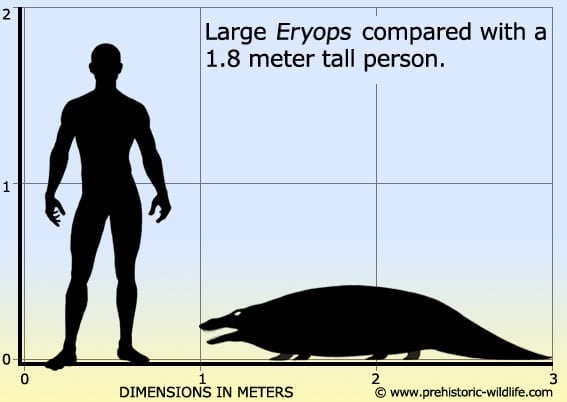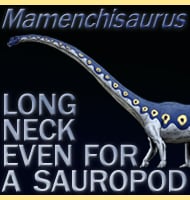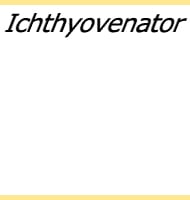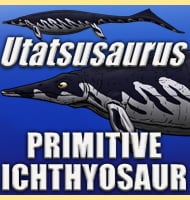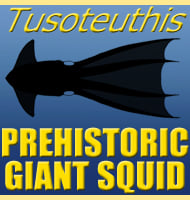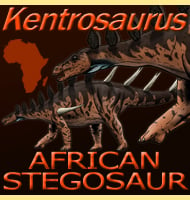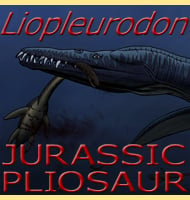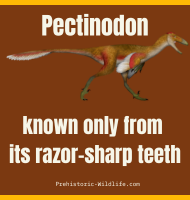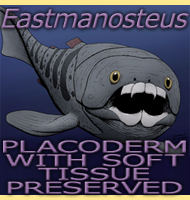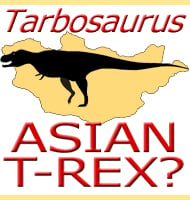In Depth
Eryops is one of the better represented predators of the early Permian era, and is likely to have been near to the top of the food chain. It had a particularly stocky build which was supported by a particularly strong spine so that it would not suffocate under its own bulk. Respiration was carried out by actually breathing into lungs as opposed to reliance on breathing through the skin, which would not have been very efficient due to the body mass to skin surface area ratio.
Due to the robust bones of the skull, it is one of the better preserved and understood parts. Of particular note is the ear structure which is well adapted for use out of the water. Eryops had no chewing motion in its jaw structure and would have had to swallow its prey whole. A very special predatory adaptation is teeth on the palate (roof of the mouth) that would have helped in seizing and holding onto prey as it tossed it around for swallowing.
Although Eryops had some good terrestrial adaptations, its bulk meant that it would have been very slow and cumbersome while on the land. The limbs projected out from the sides and would have only just been able to lift the body off the ground. While in the water however, Eryops had the buoyancy of the water to support its bulk and it would have been a much more agile hunter.
Further Reading
– Descriptions of extinct Vertebrata from the Permian and Triassic formations of the United States. – Proceedings of the American Philosophical Society 17(100):182-193 – Edward Drinker Cope – 1877. – Eryopsid Remains from the Conemaugh Group, Braxton County, West Virginia – Southeastern Geology, 13(4): 265-273. – James L. Murphy – 1971. – Upper Pennsylvanian tetrapods from the Ada Formation of Seminole County, Oklahoma. – Journal of Paleontology 76(3):529-545 – R. A. Kissel & T. M. Lehman – 2002. – The appendicular skeleton of Eryops megacephalus Cope, 1877 (Temnospondyli: Eryopoidea) from the Lower Permian of North America. – Journal of Paleontology. 80 (3): 561–580. – Kat Pawley & Anne Warren – 2006.
